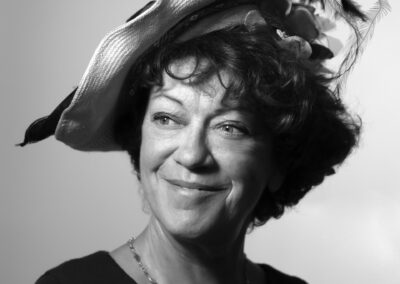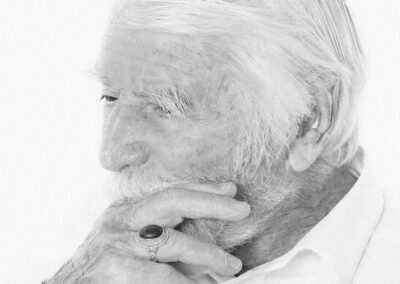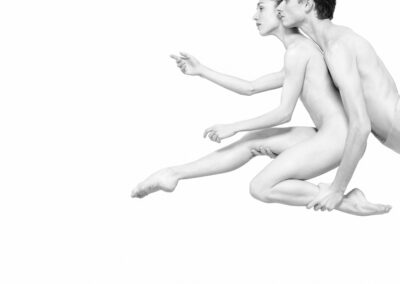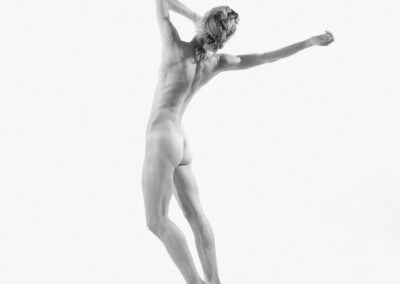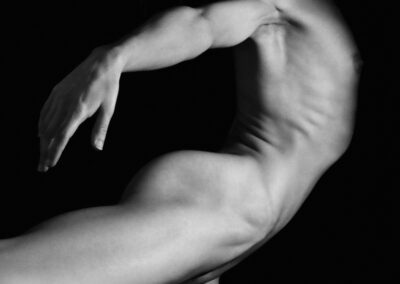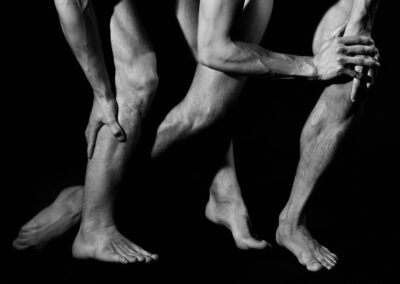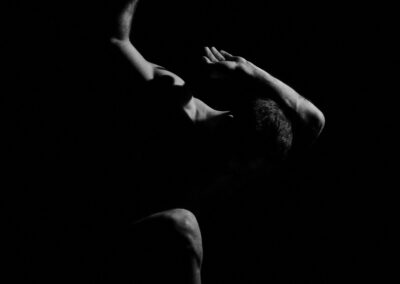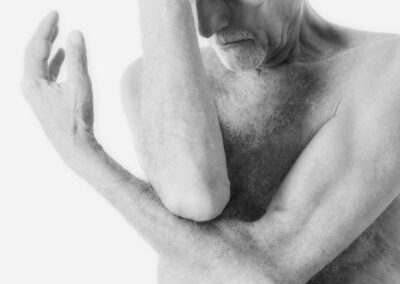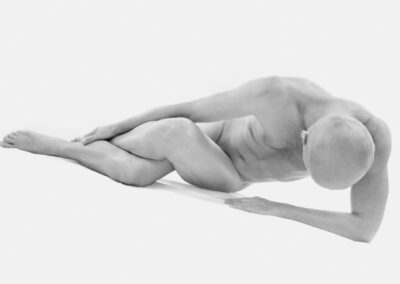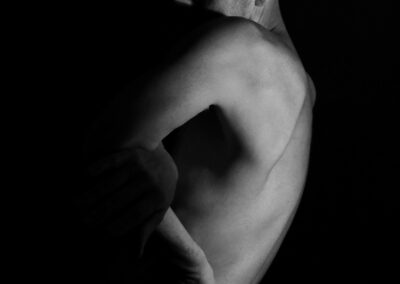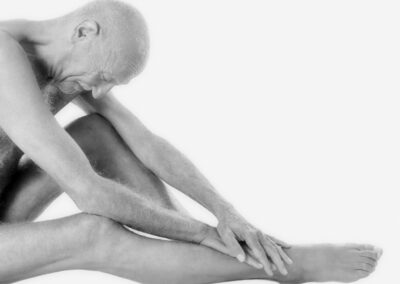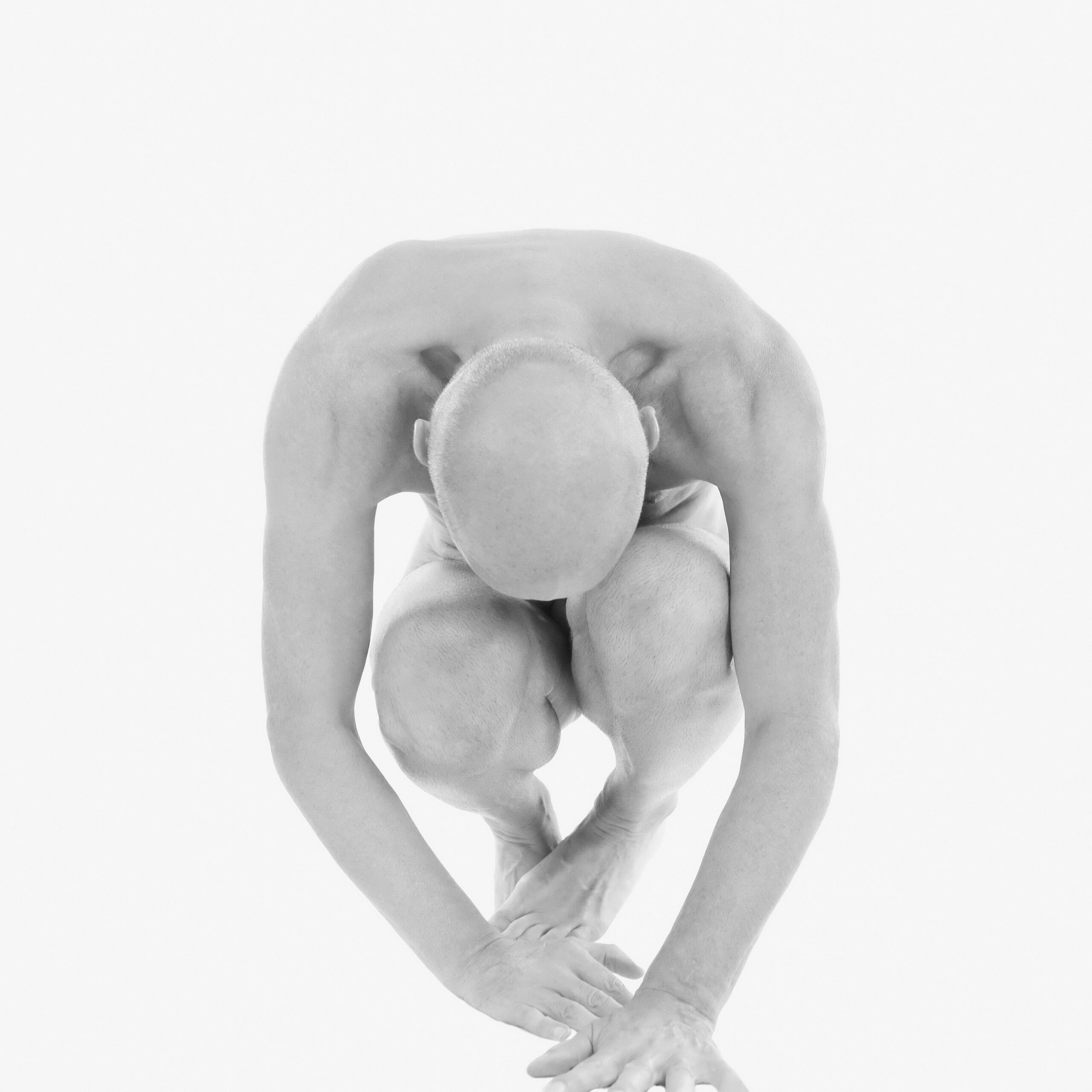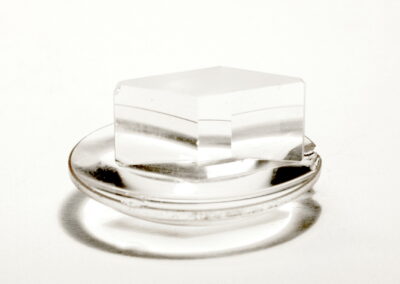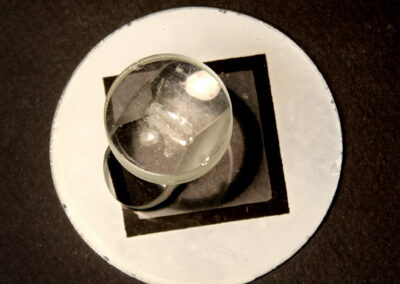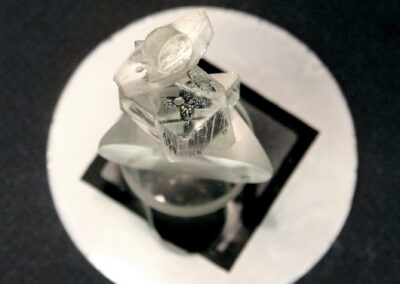MY UNIVERSES
PORTRAITS
Portraits are an approach to the unique universe of each person. Each time it means discovering a little-known planet. Beauty, character traits, everything can emerge under an attentive gaze. I try to approach the person as delicately as possible so that they open their world before me and I can highlight it.
I photograph faces, looks and postures that are both amused and ironic, serious and playful, as if to take up a challenge in the face of the wave of anonymity which crushes and standardizes individuals. In my portraits, we also perceive the vagaries of time passing, which wears out bodies and minds.
Finally, we read there, a deep joy, an assurance, as well as a pleasure of feeling alive, again and again.
THE DELICATE ABSOLUTE
I was always enchanted by dance. But my admiration for dance still remains after many years, it has given rise to an enthusiastic observation of the dance life through my lens. At the beginning, I was looking for the performing gesture on stage, then, more closely in the classroom and in the photo studio.
My interest is centered on the dancer and his intimate relationship with the birth of movement. I want to bring you into his world to capture secret moments with delicacy and humility. The lines of the body reveal poetry and movement. But the daily work, the rehearsals, the moments of relaxation, those of concentration and finally the crowning moment with the triumphant scene, excited my artistic approach just as much.
Behind the elegant gestures lies routine work. The uninitiated observer has no idea that a perfect gesture required hundreds of executions. The dancer's stubbornness in his natural search for this ideal is revealed through movements that are sometimes imperfect but touching in their becoming.
The beauty of the lines of the dancers' bodies trace harmonious and refined curves which are reminiscent of the arabesques of the dance itself. With great admiration for their silhouette and their body modeling I wish to convey the immediacy and fragility of the moment, creating the mystery of dance as an inseparable element of life.
IN BODY
The dance project “En Corps. What remains when the dancer's body is no longer performing? », dedicated to former dancers was presented for the first time as part of the Temps amour la danse 2018 festival in Biarritz.
I started this project by photographing the former dancers Jacques Alberca, born in 1942, and Gilles Schamber, born in 1960. What happens to the dancer's body as the years pass? The photos reveal a great interiority of movement, testify to a dancer who chooses the essential, freed from performance, and paradoxically less subject to constraints. The passage of time is an opportunity to do things differently. “The point of view of Western dance,” says Jacques Alberca, “still passes through the prism of technical performance. What questions me today is the change in point of view, namely, moving over time towards states of speaking bodies, regardless of age. »
For me the body makes sense, without anticipating the form, I focus on what the body produces and not on what it risks reproducing. Through the representation of the body, I speak of the evolution of the “body-history”. In this work I propose a poetics of the body and its movements to make its representation not only an object, but a tool for thinking about the world.
GLASS ABSTRACTIONS
This project was born in the depths of the workshop of sculptor Serge Abril in Biarritz. His small objects, glued from fragments of glass, attracted me with its geometry of lines and the refraction of light reflections on the surface, and inspired me to create a series of photographs.
The beauty of lines, geometry and contrasts of light have always been my main styles of expression. I like the play of light on the surface of objects, deep shadows and close-ups.
For me there is a border between diving into shadows and explosions of light, a border where our memory is updated, where the image appears and is constructed recognizable both in space and time.

